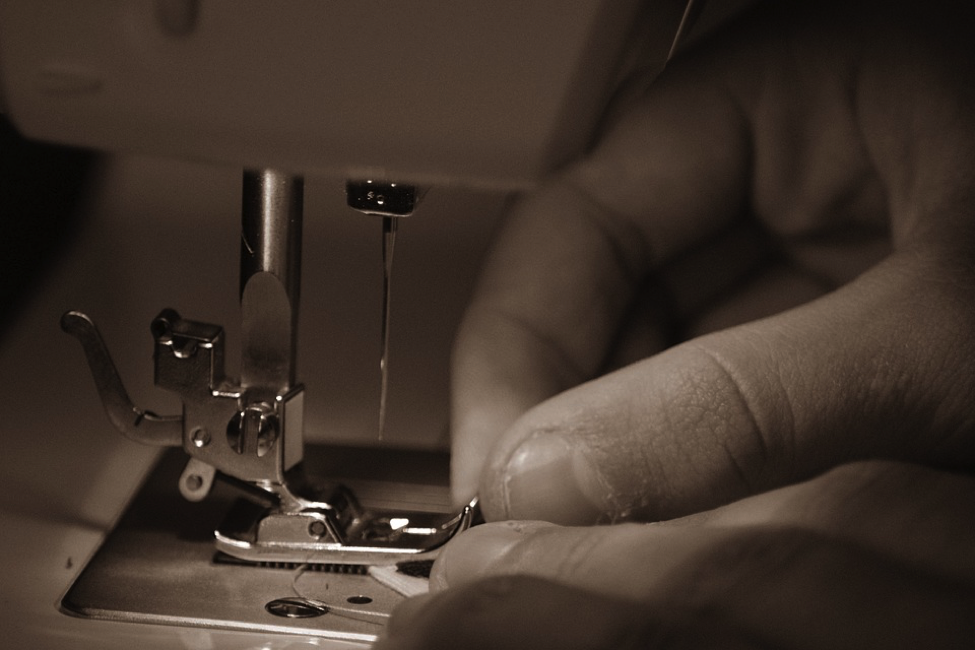How To Use a Sewing Machine Professionally?
2017.11.07
Sewing machines can look terrifyingly complex to those who don’t know how to use it. But fear of an unknown machine can keep you from creating textile wonders. Don’t let that fear overcome you.
Experience will work in its own way. Let the time go and see the miracles happen. Sewing requires experience. You can even use the beginner’s sewing machine if you find it too technical and complex. Nevertheless, an ambitious textile designer will always be patient. In case you are facing difficulties, here are few steps which can teach you to acquire and operate it professionally. Have a look:

1. The acquiring stage
It is essential to get your already-owned machine serviced. This will make sure the mechanical operations are optimal. But if you do not own one, then you can find it in a reputable sewing machine repair shop. Make sure the machine has all the required metal parts affixed. Many cheaper models come with plastic pieces. Do not go for that one. Consider a basic model in the beginning to avoid unnecessary technicalities.
2. Fabric definitions
Learning how to manipulate a fabric is one of the most important part of operating a sewing machine. Fabric comes in several weights. Lightweight feels thin to our touch whereas middleweight feels more substantial. Heavyweights are thick as it sounds. Also stretch the fabric to see how much stretch it has on the all the dimensions. Look over the material of the fabric. Is it cotton, silk, bamboo, linen or some other material?
3. Practice straight stitches
You can learn to manipulate the fabric by first sewing it in a straight line. Here are few simple steps to do so:
● Take your fabric and fold it in a half making a crease.
● Thread your machine.
● Use a needle for mid-weight woven fabric.
● Choose a medium stitch length. Since stitch length differs from machine to machine, consult the manual.
● Set your machine to straight stitch.
● Begin with needle in highest position.
● Position the fabric under the needle.
● Bring down the presser foot.
● Place the fingers on fabric so as to guide it down the stripe under the presser foot.
● Stop the needle when needed and gently pull out the fabric to cut the threads.
4. Check your work
After you have sewn your first seam, it is time for some evaluation. Notice whether you speeded up or slowed down a lot. Try maintaining a constant speed when stitching. Look if the stitch length is even. Keep practicing and you will master it.
5. Other hints
There are some other factors to take into account as well. Make sure there is enough light where you carry out sewing. Also make sure you place the machine where it is comfortable to work. The surface must be stable enough. Also wash your fabric before you start cutting and sewing. In the end, each and every step won’t matter if your work lacks practice. You need to practice more in order to learn it professionally.
More Articles
Copyright © Fooyoh.com All rights reserved.